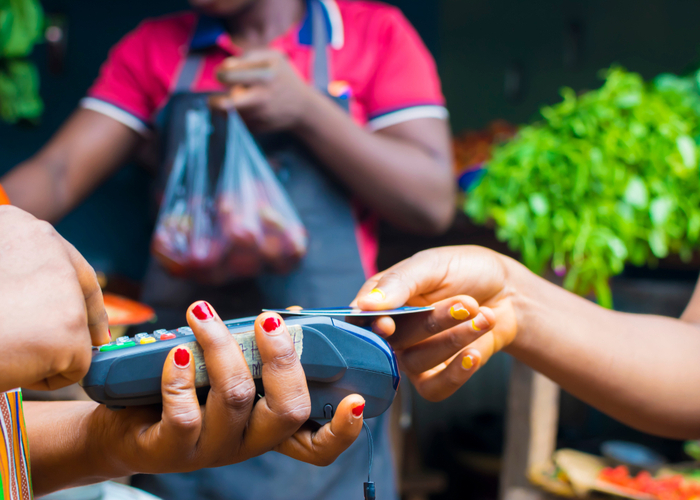Maximising Africa’s agricultural potential through trade
March 21A blog by Badamasi Muhammed
In West Africa, a peculiar relationship exists between the people and a dish called jollof rice. The meal is a favorite among locals and is considered a regular and celebratory dish. It is also a catalyst for banter among people in several countries, who all claim to have the best recipe. More importantly, it has recently become the subject of trade discussions.
On the 21st of August, 2019, Nigeria closed its borders to trade. The country had initially banned the importation of rice from Benin in 2004, and later, in 2016, from all its neighbours. The decision had several implications. First, there were reports of an unprecedented increase in revenue from rice imported into Nigeria through its ports. On the other hand, thousands of traders in neighboring countries lost their source of income, and the price of both local and foreign rice increased exponentially in Nigeria. For most Nigerians, this meant their favorite meal was now more expensive to prepare.
Apart from having significance in culture, food and agriculture are dominant chapters in the African development story. According to the World Bank, agriculture contributed 14% to GDP in sub-Saharan Africa in 2019. As I have pointed out earlier, trade can have immense impacts on agriculture, and with the launch of trading within the African Continental Free Trade Area (AfCFTA) in January 2020, there is an opportunity to increase the potential of agriculture in Africa. The question is: what measures can be put in place to take advantage of this opportunity?
First, to increase agriculture’s potential through trade within Africa, it is necessary for governments to prioritise trade creation. Today, the main partners of trade in agricultural products with Africa are non-African countries. Due to similar crop belts that cause most nations in the region to produce the same type of goods, there is little demand for raw products by African trade partners, while intermediary and finished goods that are in high demand are sourced mainly outside the continent.
The solution to this problem is to diversify by creating new value chains in agriculture. This requires investment in human capital and skill development, specifically in the manufacturing and processing industry.
Besides this, there should also be a focus on harnessing Informal Cross-border Trade (ICBT). This is trade between neighbouring countries conducted by vulnerable, small, unregistered traders. It is pervasive in Africa to the extent that, according to the Malabo Montpellier Panel, in 2017, an estimated 75% of the intra-regional exchange of goods is informal, and 43% of the African population gain income via ICBT.
While it may serve as a means of livelihood to many, in my opinion, its disadvantages outweigh its benefits. ICBT includes several unfavorable factors like the lack of access to rights, and social and health protection, as well as huge sustainability and environmental degradation concerns, and non-compliance with standards regulation. All of these affect productivity adversely. Also, because informal trade is mostly unrecorded, it is difficult for governments to engage and make adequate plans with those involved.
Managing the informal sector requires strategic partnering with the private sector and reliance on technology. Firms such as Spazapp in South Africa and Farmcrowdy in Nigeria are providing technology that links the informal sector to documented markets and investors. Embracing innovative technology such as these to drive integration into the formal market should be considered. Also, collaborating with stakeholders in the informal sector to address issues facing small cross-border traders, would assist the government in making more informed decisions.
Another important consideration for intra-African trade is the reduction of non-tariff trade costs. On this issue, there are several factors that make trading within Africa unappealing. These include the lack of infrastructure. Issues such as bad road networks, inaccessibility, and poor connection, add costs to the agriculture industry – especially given the fact that agricultural products are mostly perishable.
These additional costs make trading with African countries unattractive compared to others where trade-enhancing infrastructure is less of an issue. Governments must prioritise providing solutions to these infrastructural challenges.
Lastly, I believe the discussion on promoting African intra-trade would be incomplete without mentioning trade financing. The largest group of trade actors in Africa are Small and Medium scale Entrepreneurs (SMEs), yet, they face many difficulties accessing finance. SMEs must consider innovative alternatives to funding, and governments should support their efforts by providing proper regulation.
In conclusion, I believe development in Africa is not a question of a lack of innovative ideas and thinking. Various frameworks for achieving development abound, but the outcome of ground-breaking developments such as the AfCFTA ultimately depends on the pre-existing condition that all players are committed and willing to achieve positive results.






